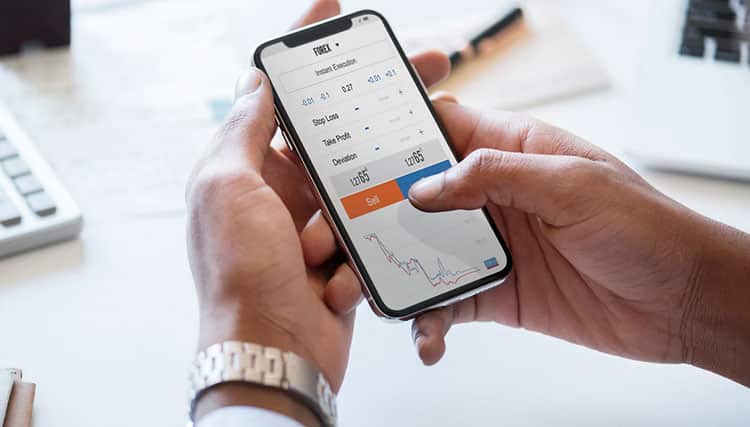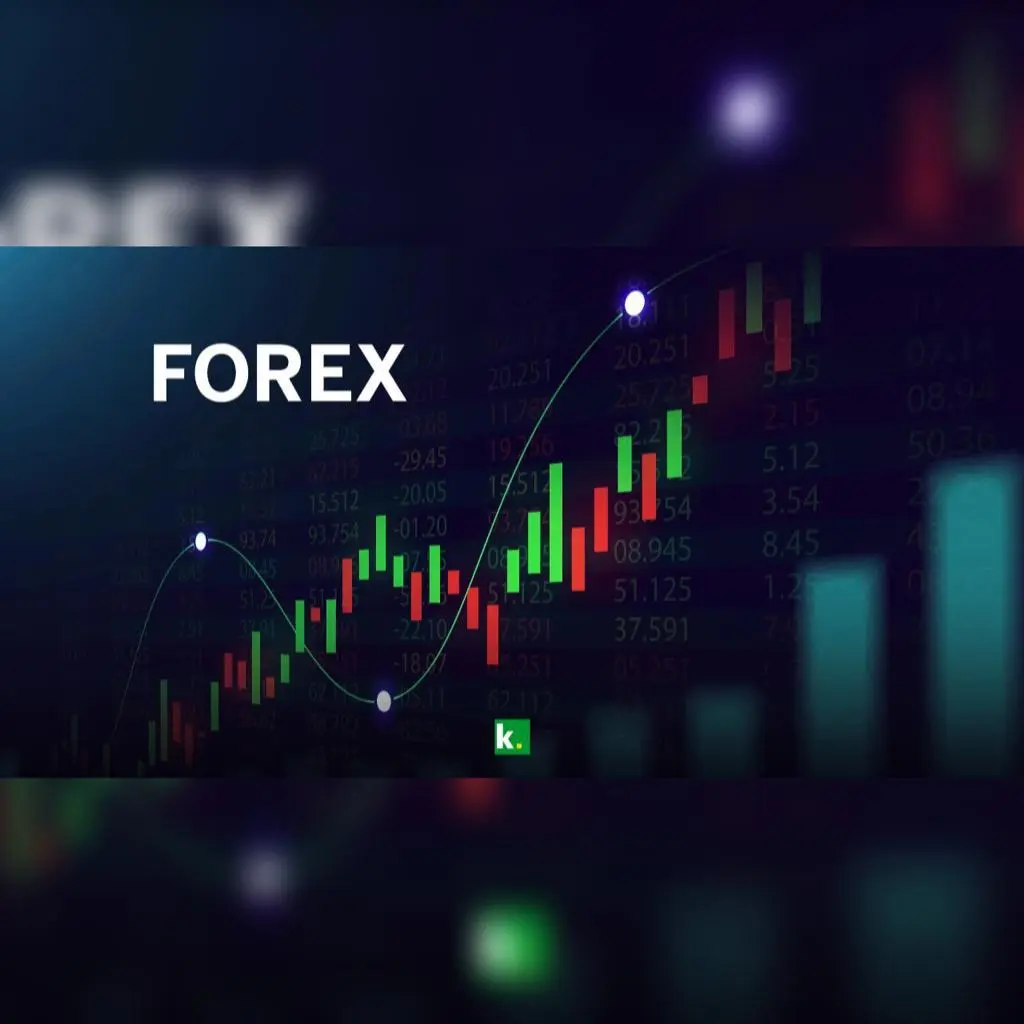The foreign exchange market, also known as forex or FX, is the largest and most liquid financial market globally. It facilitates the exchange of currencies and plays a crucial role in international trade and investment. Understanding the dynamics of forex trading is essential for investors and traders seeking to capitalize on exchange rate fluctuations and profit from currency movements.
Forex Market Overview
Market Size and Liquidity The forex market boasts unparalleled size and liquidity, with an average daily trading volume exceeding $6 trillion. Its decentralized nature allows for 24-hour trading across different time zones, providing ample opportunities for market participants to buy, sell, and exchange currencies.
H2: Major Participants Key players in the forex market include central banks, commercial banks, hedge funds, multinational corporations, and retail traders. Central banks engage in forex trading to manage monetary policy and stabilize their respective currencies, while commercial banks facilitate currency transactions for clients and profit from currency trading activities.
Currency Pairs and Trading Basics H2: Understanding Currency Pairs Forex trading involves the simultaneous buying and selling of currencies in pairs. Each currency pair consists of a base currency and a quote currency, with the exchange rate indicating the amount of quote currency required to purchase one unit of the base currency. Major currency pairs include EUR/USD, GBP/USD, and USD/JPY, among others.
H2: Factors Affecting Exchange Rates Various factors influence exchange rate movements, including interest rates, economic indicators, geopolitical events, and market sentiment. Changes in these factors can lead to fluctuations in currency values and create trading opportunities for forex market participants.
Trading Strategies and Analysis
Technical Analysis Technical analysis involves analyzing historical price data and chart patterns to identify trends and forecast future price movements. Traders use technical indicators such as moving averages, MACD, and RSI to make informed trading decisions and identify entry and exit points in the forex market.
Fundamental Analysis Fundamental analysis focuses on evaluating economic indicators, central bank policies, and geopolitical events to assess the intrinsic value of currencies. Traders analyze factors such as GDP growth, inflation rates, and interest rate decisions to anticipate currency movements and make trading decisions accordingly.
Risk Management and Trading Psychology
Risk Management Effective risk management is crucial in forex trading to protect capital and minimize losses. Traders employ risk management techniques such as setting stop-loss orders, position sizing, and diversification to manage exposure and preserve trading capital.
Trading Psychology Trading psychology plays a significant role in forex trading success. Emotions such as fear, greed, and overconfidence can cloud judgment and lead to impulsive trading decisions. Maintaining discipline, patience, and emotional balance is essential for long-term profitability in the forex market.
The forex market offers vast opportunities for traders to profit from currency fluctuations and diversify their investment portfolios. By understanding the fundamentals of forex trading, employing effective trading strategies, and practicing sound risk management, traders can navigate the complexities of the forex market and achieve their financial goals.




